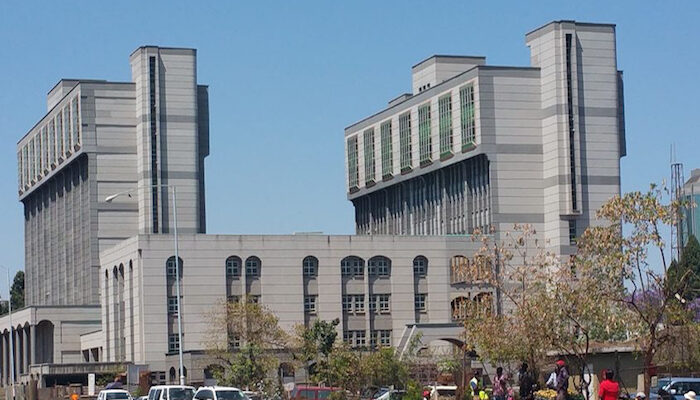Change of name process is a legal act whereby one abandons their birth certificate name and assume a new one. The law allows a person to change his or her name, in terms of Section 18 of the Birth & Deaths Registration Act. One can legally change his or her first name, middle name, surname or a combination of all these. The law provides for the procedure and requirements for changing a name. A person may change a name due to various reasons which include but not limited to the following:
- general dislike of the name preferring a new one
- desire to assume a unique or celebrity name
- Spiritual or religions reasons
- Woman assuming her husband’s surname after marriage (though not compulsory)
- Assuming paternal surname
Change of First or Middle Name
The law permits anyone to change his or her first or middle name. An application is made to the Registrar General for the change of name and the required paperwork is done. If the applicant is a minor their parent or guardian may apply for the change of name on their behalf. If the Registrar General is satisfied with all the documents required and the statutory fees paid, a new birth certificate reflecting the name change will be issued.
Change of Surname or First Name and Surname
This process is done through a Notarial Deed of Change of Name which is then submitted to the Registrar General to process and issue out new identity documents. A person who wishes to change his or her surname or first name and surname must approach a Notary Public who is a Lawyer, however not all lawyers are Notary Public. A Notarial Deed of Change of Name is only prepared by a lawyer who is a Notary Public.
The applicant instructs the Notary Public who then drafts the deed. The applicant and the Notary Public must sign the deed. The proposed name change must be advertised in the Government Gazette and a local newspaper for a period of fourteen (14) days for any objections. This is done as a safeguarding measure against people who change their name for illegal reasons like fraud or misrepresentation.
If there are no objections to the change of name, proof that the Deed has been advertised together with the Notarial Deed of Change of Name is submitted by the Notary Public to the Deeds Office for registration. There are statutory registration fees required by the Deeds Office.
After registration by the Deeds Registrar, the deed, proof of advertisement and birth certificate is then submitted to the office of the Registrar General upon payment of required statutory fees. If the applicant is a minor child, the Notarial Deed of Change of Name is signed by their parent or guardian on their behalf. If the Registrar General is satisfied with the application, a new birth certificate is issued bearing the new name.
For a woman who wishes to adopt her husband’s surname after marriage, the process is done through an application to the Registrar General. After submitting the Marriage Certificate and satisfying all the requirements the Registrar will issue out new identity documents bearing the new surname.



